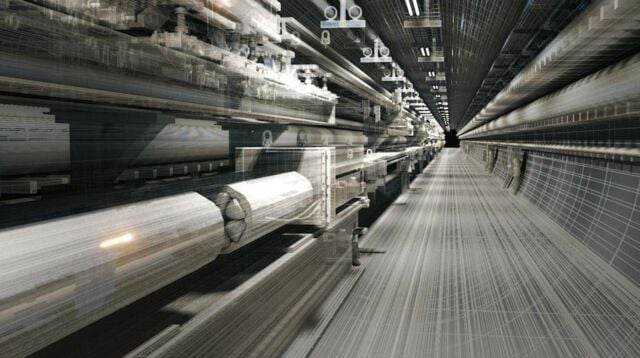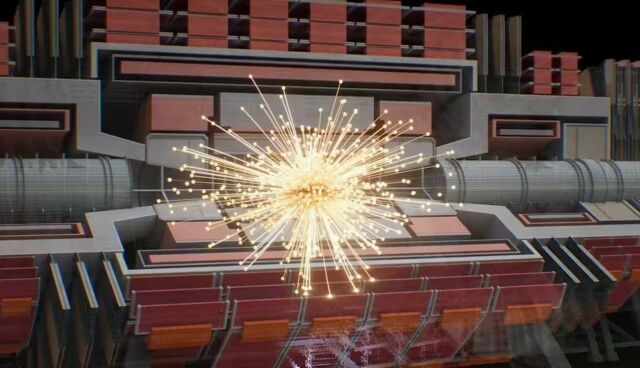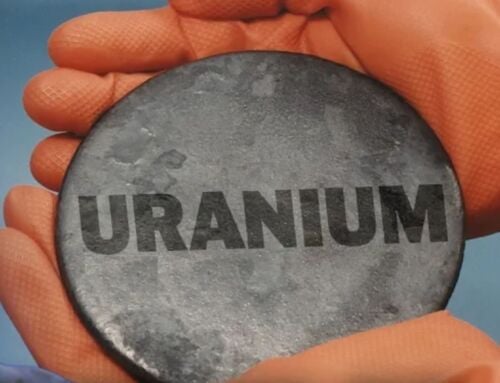 The Future Circular Collider. © CERN
The Future Circular Collider. © CERN
Why do scientists want to spend billions on a 70-year project to build a giant tunnel under the Swiss Alps?
The Large Hadron Collider (LHC) has led to major discoveries in physics, including the famous Higgs boson and possibly hints of new forces. It’s located at CERN, a major science center on the border of France and Switzerland, and will continue to operate for about 15 more years. But scientists are already planning what’s next.
 Artist’s impression of the tunnel of the Future Circular Collider. © CERN
Artist’s impression of the tunnel of the Future Circular Collider. © CERN
One of the top ideas is a massive new project called the Future Circular Collider (FCC), which could take 70 years from start to finish. This machine would be over three times larger than the LHC and could help solve some of the biggest questions in science — and probably raise new ones too.
The current LHC is a 27-kilometer-long circular tunnel, making it the biggest machine on Earth. The FCC would be built in a 91-kilometer tunnel in the Geneva area, stretching between the Jura mountains and the Alps.
 Collisions between high-energy particles. © CERN
Collisions between high-energy particles. © CERN
In its first phase, the FCC would smash together electrons and positrons (the antimatter versions of electrons). This would help scientists study the Higgs boson in more detail. Later, the machine would switch to smashing protons (heavier particles from atomic cores) at over seven times the energy the LHC can reach.
These super-energetic collisions could create particles we’ve never seen before. But to do all this, scientists also need to invent new technologies, like extremely powerful magnets that work at very low temperatures.





Leave A Comment